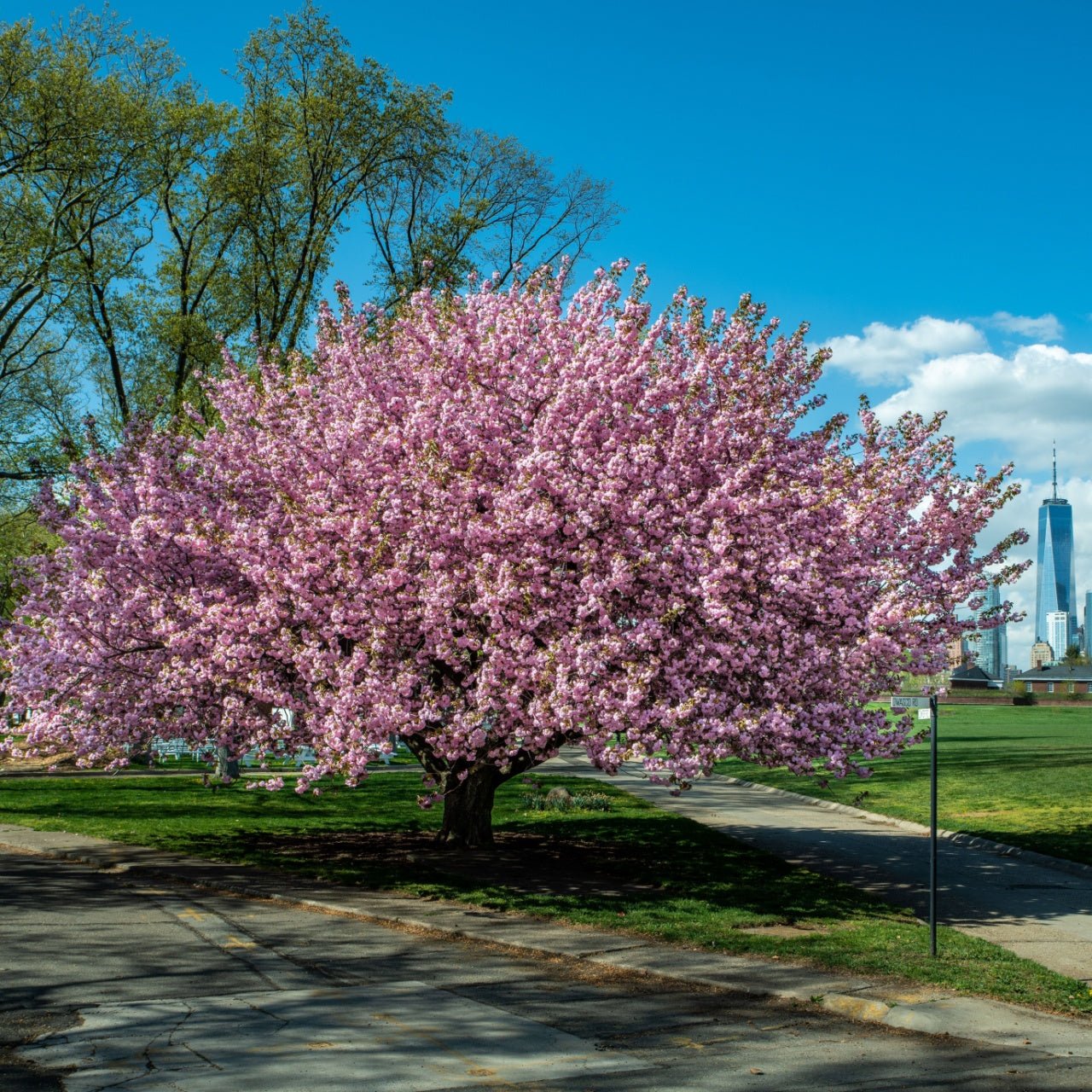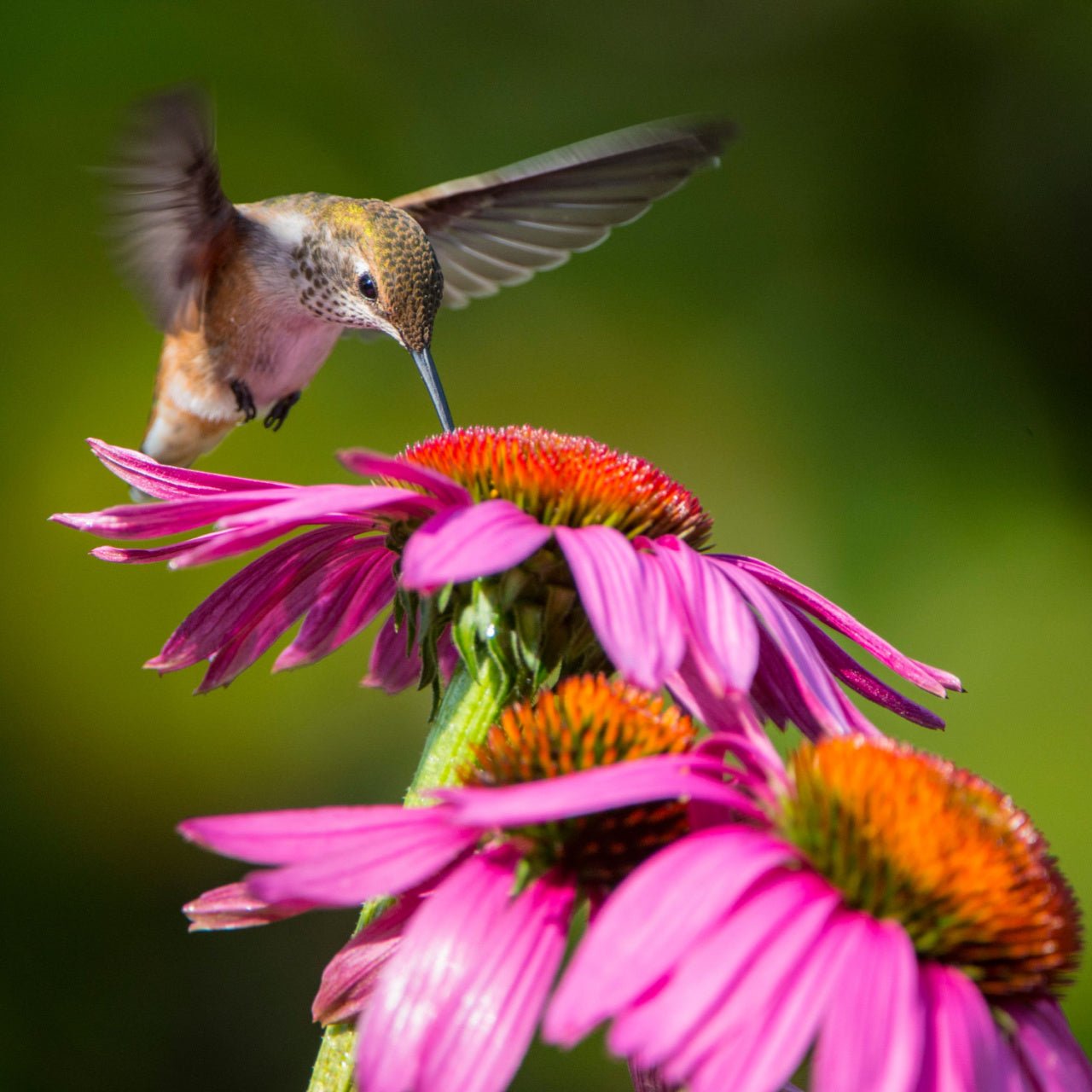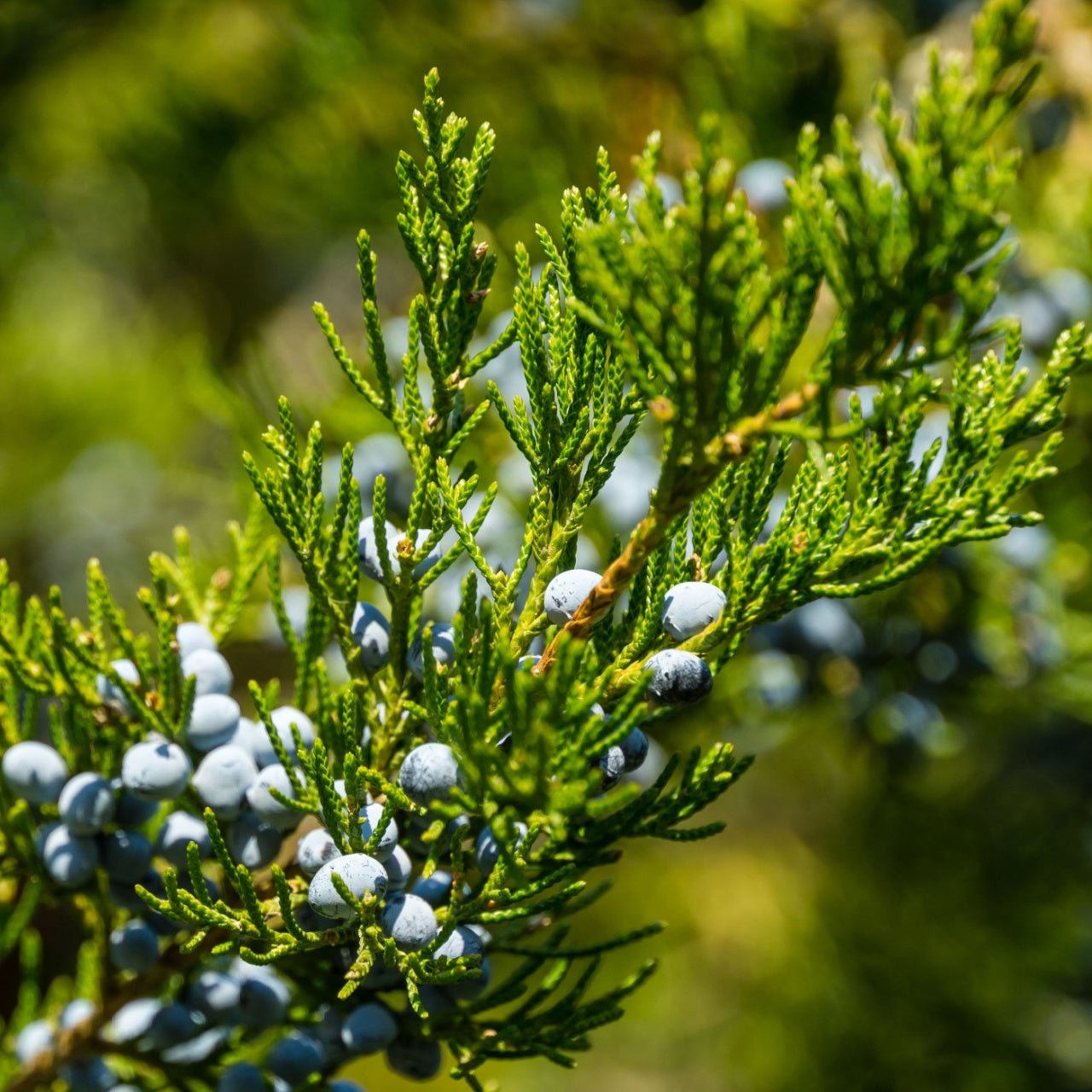
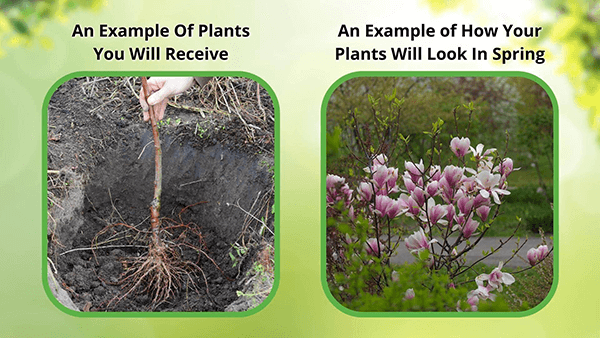


Cedar Tree
Provides year-round greenery and beauty
Aromatic wood repels insects naturally
Low-maintenance and drought-tolerant plant
Thrives in
ZONE 2ZONE 3ZONE 4ZONE 5ZONE 6ZONE 7ZONE 8ZONE 9This plant ships:
November 20251 Year Guarantee on all plants
Cedar Tree - Cedrus sp.
The Cedar Tree (Cedrus sp.) is an evergreen conifer native to the northern parts of the United States. It is a truly majestic tree and will create high visual impact in your garden or landscape.
Plant Details - Cedar Tree
Family: Pinaceae
Light Requirement: Full Sun
Water Needs: Moist
Height: 100 - 130 ft.
Spread: 80 – 100 ft.
Growth Rate: Slow
Bloom Time: Spring
Wildlife Value: Attracts birds
Landscape Uses and Maintenance - Cedar Tree
The Cedar Tree is a beloved native tree, and for good reason: it has an excellent scent from its aromatic bark and resin, and evergreen needles that create drama for all four seasons.
This is a low maintenance tree that is ideal for creating a winter garden, or for adding height to your pinetum. Excellent for planting as a focal point in your landscape or as a living privacy screen.
This tree will thrive when planted in a location with full sun. Avoid planting this tree in a location with shade.
Plant this tree in a location with well draining soil. This tree can be planted in a variety of soil textures, including sand, clay, and loam. It can grow in alkaline or slightly acidic soils.
This tree will not need frequent fertilization. If you feel your tree needs some support, you can give it a balanced fertilizer.
It will not need routine or consistent pruning. Be sure that you prune branches when you notice disease or damage. Place mulch around the base of the tree to help hold moisture; however, be sure that you avoid planting too close to the bottom.
Are you having problems with deer? This tree is deer resistant.
Watch this tree for signs of any disease and have a treatment plan ready to implement if it is needed. Reach out to your local extension office for treatment recommendations.
Noteworthy Characteristics
The Cedar Tree will provide excellent habitat for plenty of wildlife, including small mammals and birds.
This tree is a great option for adding erosion control and soil stability to your yard.
This Is How Your Plants Will Look upon Delivery

Height at Maturity
Over 25 Feet
Care
Cedar trees thrive in well-drained soil and need regular watering, especially in dry periods. Prune to preserve form and remove dead branches—Mulch around the bottom to maintain moisture and keep weeds at bay. Avoid excessive fertilization.
Plant Reproduction
Cedar trees spread through wind-dispersed seeds and vegetative propagation.
Plant bare root trees during the dormant season in early spring or late fall (November through April). Dig the hole twice as wide as the roots so the soil is well-drained. Position the tree so the root flare is at or just above ground level. Fill the hole back with the soil you dug from and water. Maintain soil moisture, especially in the tree's early years, by providing deep, regular watering. Apply a 2-4 inch mulch away from the trunk at the base to retain moisture and suppress weeds. Prune trees during the first few seasons to establish strength and resilience, remove damaged branches, and continue maintenance pruning as the tree matures. Regularly inspect for pests and diseases and apply integrated pest management practices. Protect young trees from mechanical damage and extreme temperatures with tree guards, and stake them if necessary for support, removing the stakes after one or two years.
Shipping date depends on the date displayed and chosen when you order from the product's page.
We only accept returns on plants verified dead. If you think your plants have died, we offer a 1 year warranty, please use this File a Claim Link to verify dead plants and start with return warranty process.





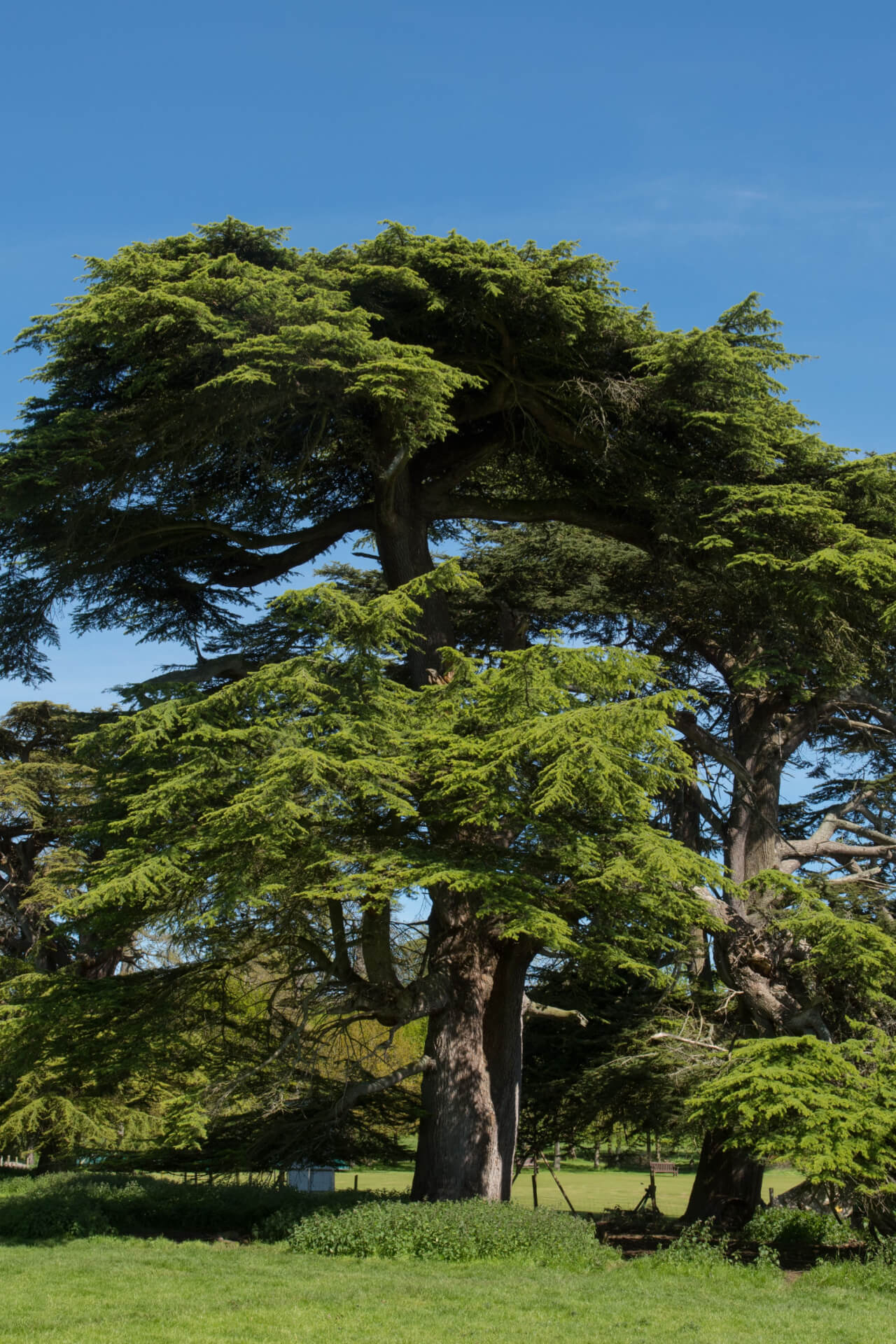
Year-Round Beauty:
Cedar trees maintain their lush, green foliage throughout the year, providing constant visual appeal in any season. Their evergreen nature ensures your landscape always looks vibrant.
Aromatic Wood:
The natural, fragrant scent of cedar wood adds a delightful aroma to your garden. This pleasant fragrance can enhance your outdoor space and create a calming atmosphere.
Durable Timber:
Cedar wood is known for its durability and resistance to decay, making it valuable for timber and various wood products. Planting Cedars can be an investment in high-quality wood for future use.
Wildlife Habitat:
These trees provide shelter and food for various wildlife, promoting biodiversity in your garden. They attract birds, squirrels, and other creatures, enhancing your ecosystem.
Caring Tips
How do I care for my Cedar Tree?
Each box contains detailed care instructions and information about your product. But here's the basics.
Care Tips
Cedar trees thrive in well-drained soil and need regular watering, especially in dry periods. Prune to preserve form and remove dead branches—Mulch around the bottom to maintain moisture and keep weeds at bay. Avoid excessive fertilization.
Light Requirements
Cedar trees thrive in full sun, meaning they need at least 6 hours of direct sunlight daily. They can tolerate partial shade but may grow less vigorously or develop the same density and foliage.
Hardy Planting Zones
2 • 3 • 4 • 5 • 6 • 7 • 8 • 9
Header
Use this content to share information about your store and products.
Frequently Asked Questions
How often should I water my plants?
How do I know if my plant is getting too much or too little sunlight?
What should I do to prepare my plants for winter?
What are the signs that my plant needs fertilizing?
How can I prevent pests from damaging my plants?
How do I choose the right plant for my climate zone?







